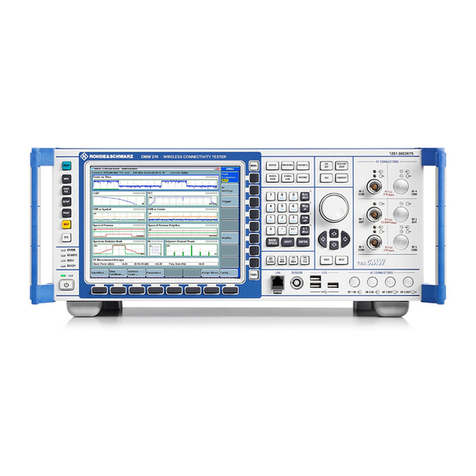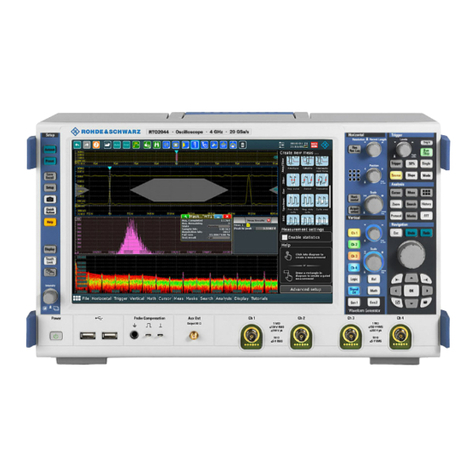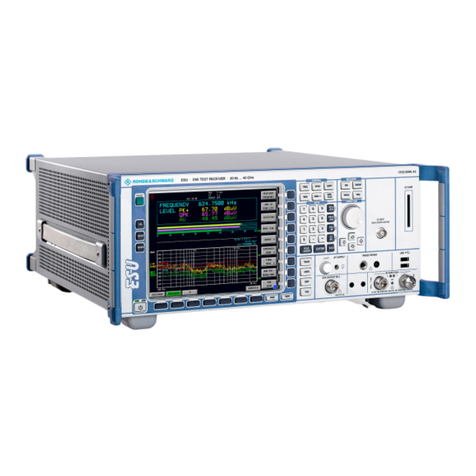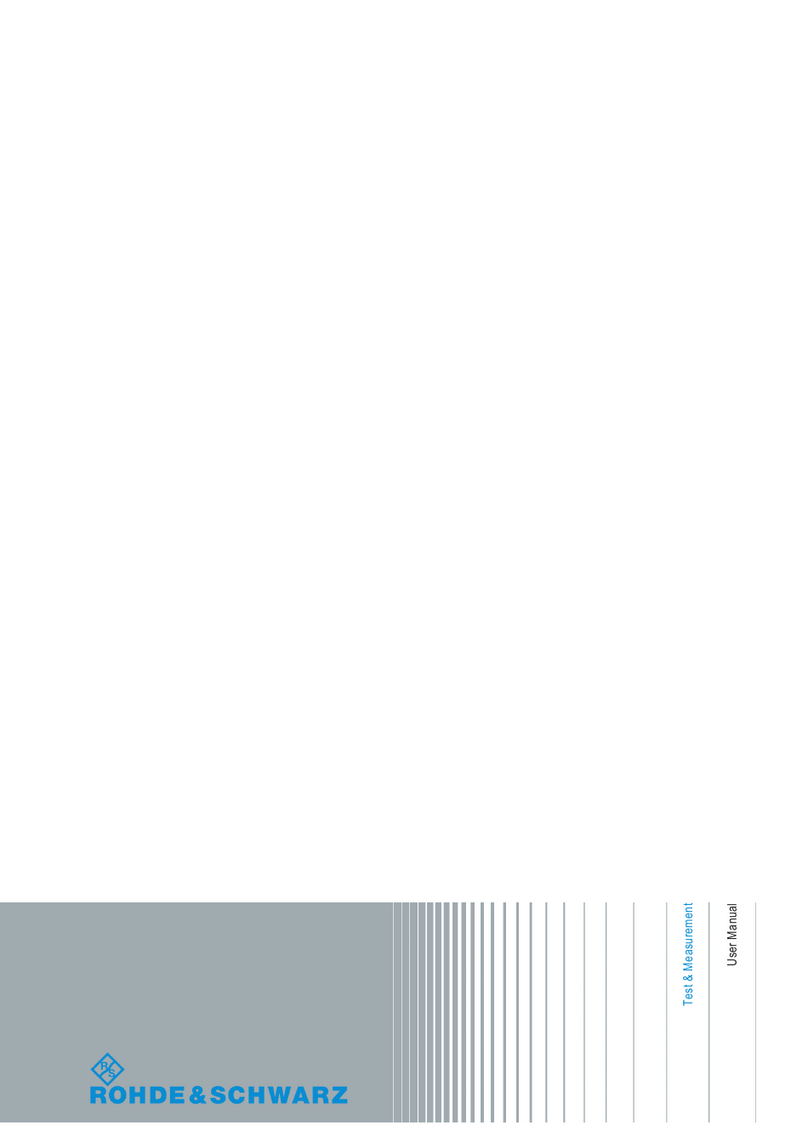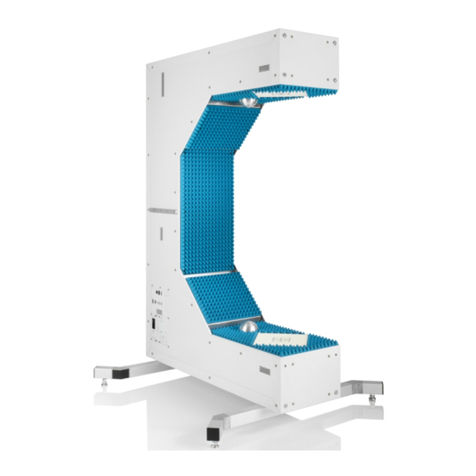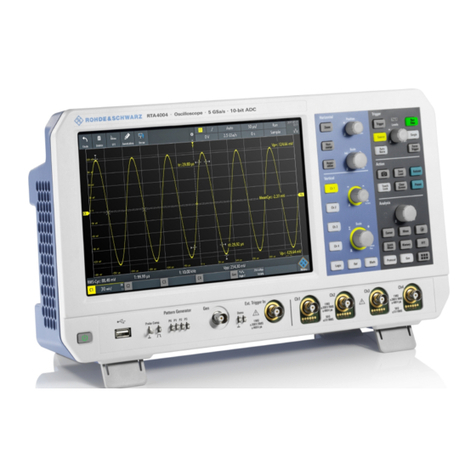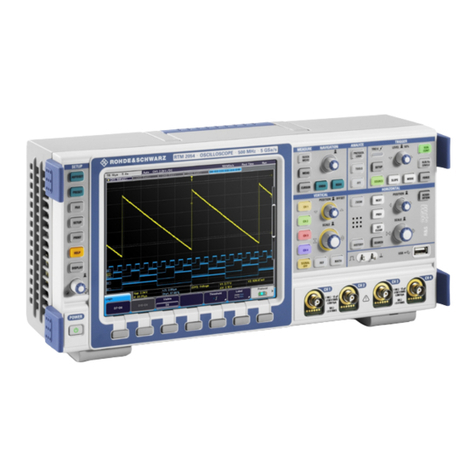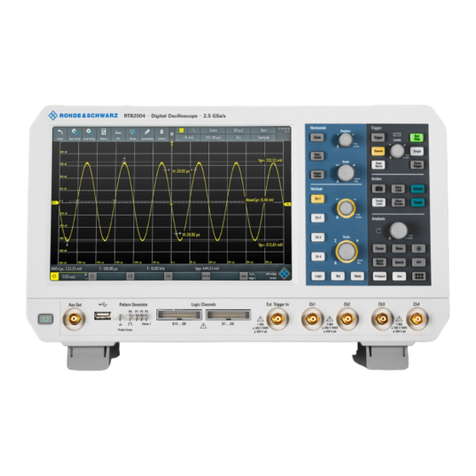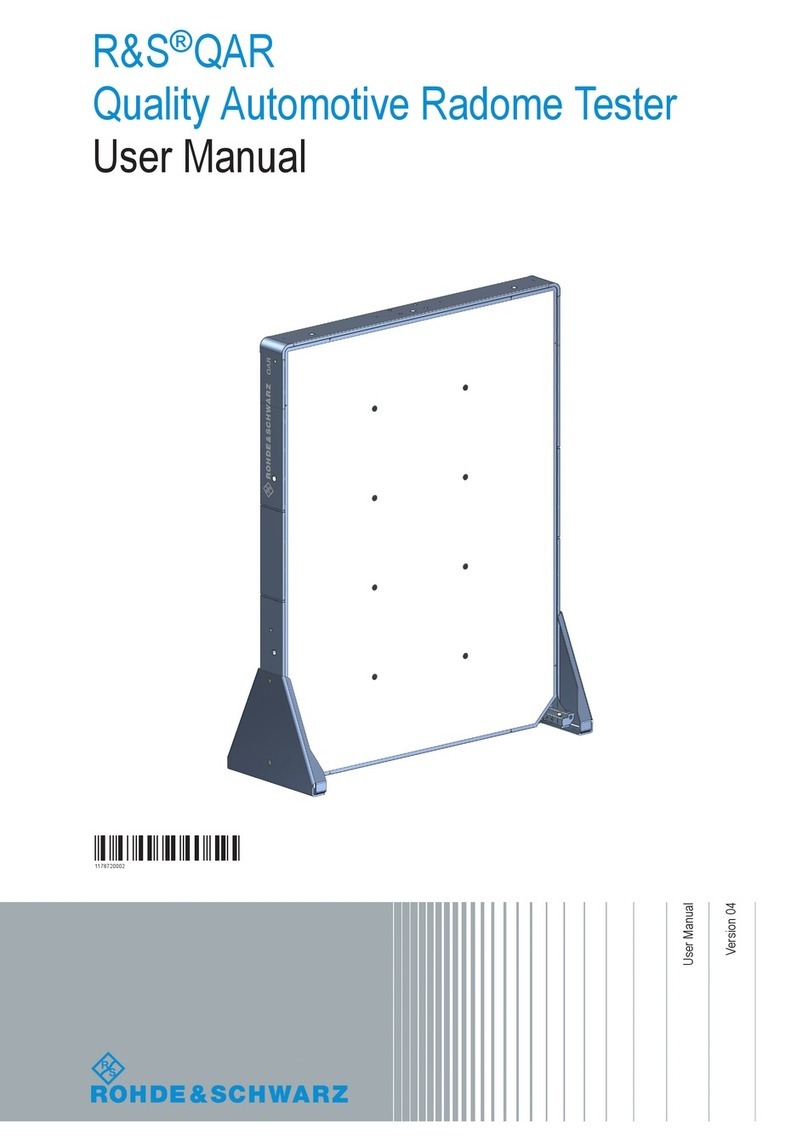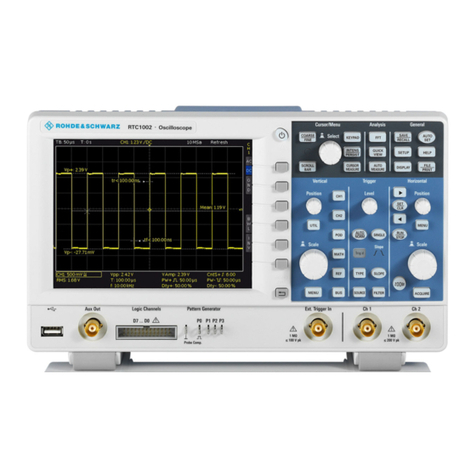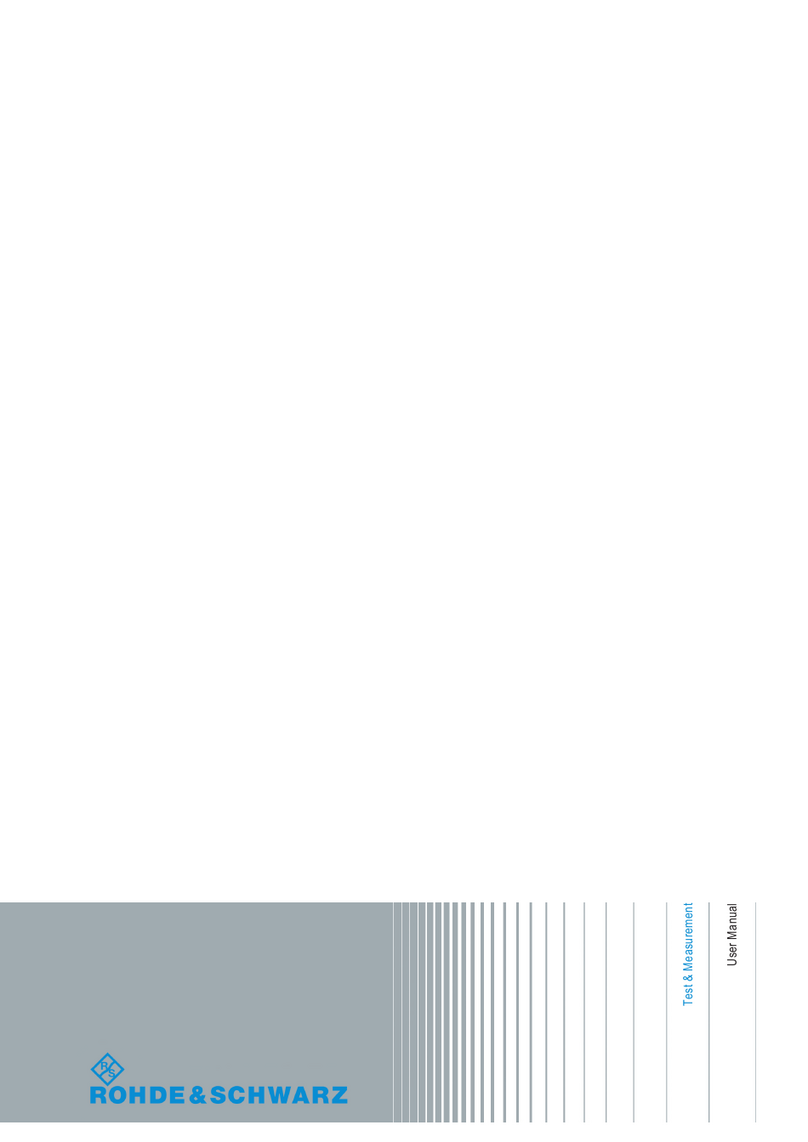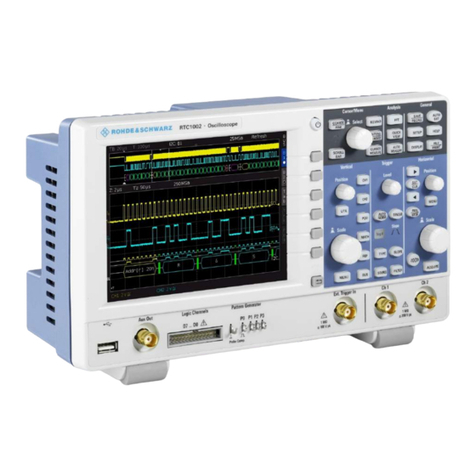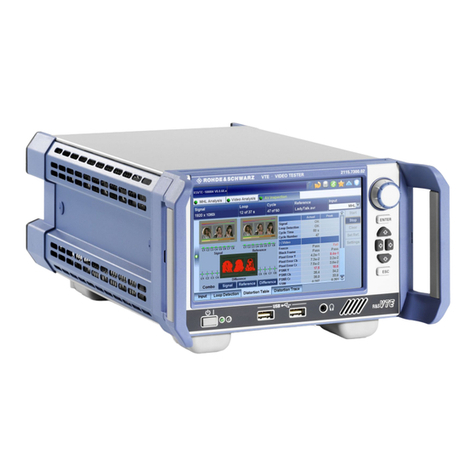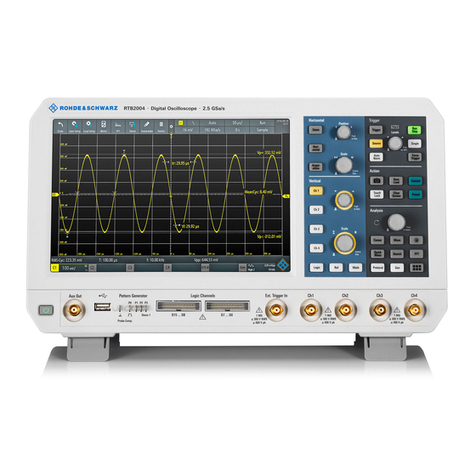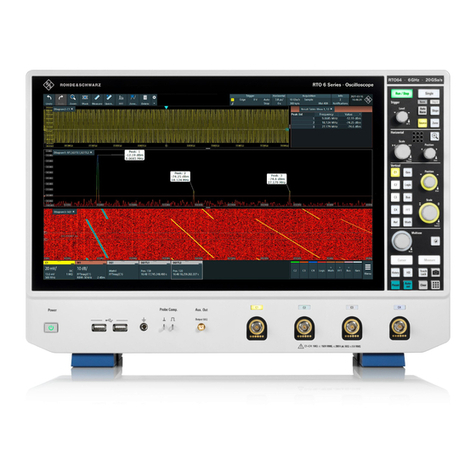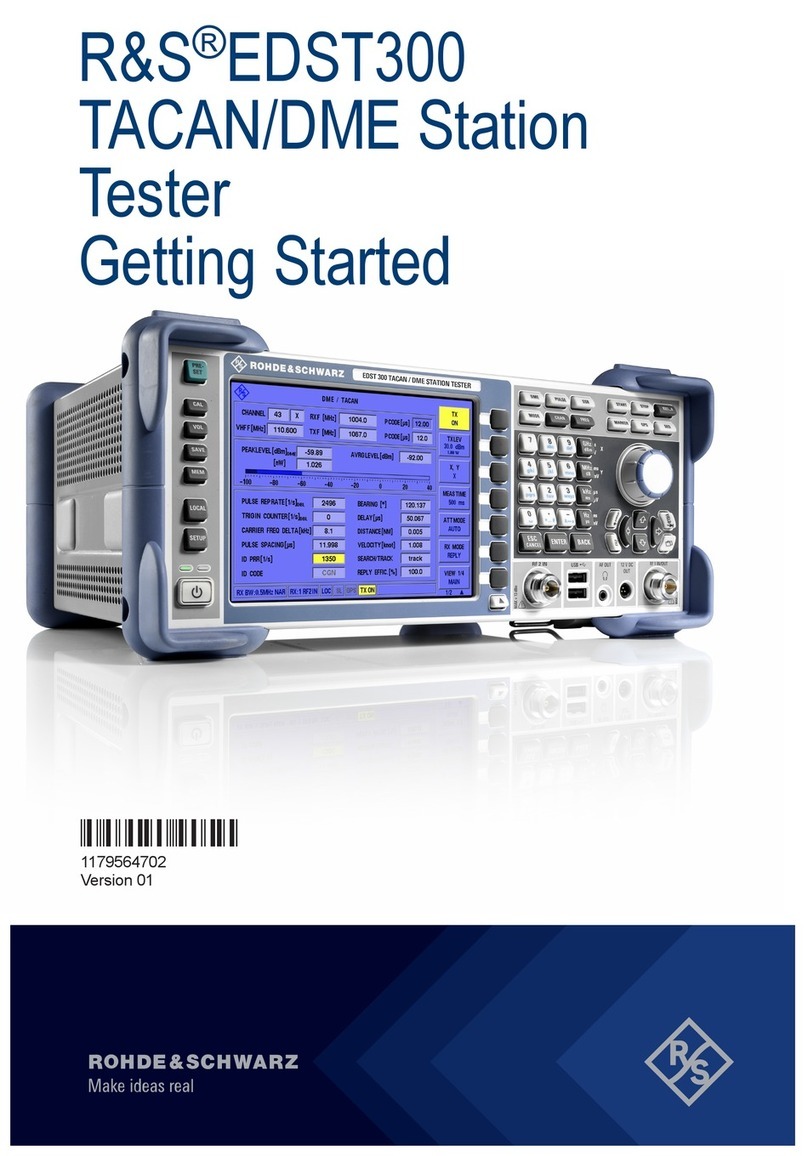
Contents
R&S®TSVP
3Getting Started 1152.3943.62 ─ 07
Contents
1 Documentation Overview......................................................5
2 Installation..............................................................................7
3 Product Overview.................................................................. 9
3.1 Production Test Platforms................................................................... 9
3.1.1 R&S TS-PCA3........................................................................................ 9
3.1.2 R&S TS-PWA3........................................................................................9
3.2 Software Components........................................................................10
3.2.1 R&S GTSL............................................................................................ 10
3.2.2 R&S EGTSL..........................................................................................12
3.2.3 R&S IC-Check.......................................................................................13
3.3 Test Modules....................................................................................... 14
3.3.1 R&S TS-PAM........................................................................................ 14
3.3.2 R&S TS-PICT........................................................................................14
3.3.3 R&S TS-PDFT...................................................................................... 15
3.3.4 R&S TS-PFG........................................................................................ 15
3.3.5 R&S TS-PHDT...................................................................................... 16
3.3.6 R&S TS-PIO2........................................................................................17
3.3.7 R&S TS-PIO4........................................................................................17
3.3.8 R&S TS-PIO5........................................................................................18
3.3.9 R&S TS-PIO3B..................................................................................... 19
3.3.10 R&S TS-PMB........................................................................................ 19
3.3.11 R&S TS-PSAM......................................................................................20
3.3.12 R&S TS-PSM1...................................................................................... 21
3.3.13 R&S TS-PSM2...................................................................................... 21
3.3.14 R&S TS-PSM3...................................................................................... 22













